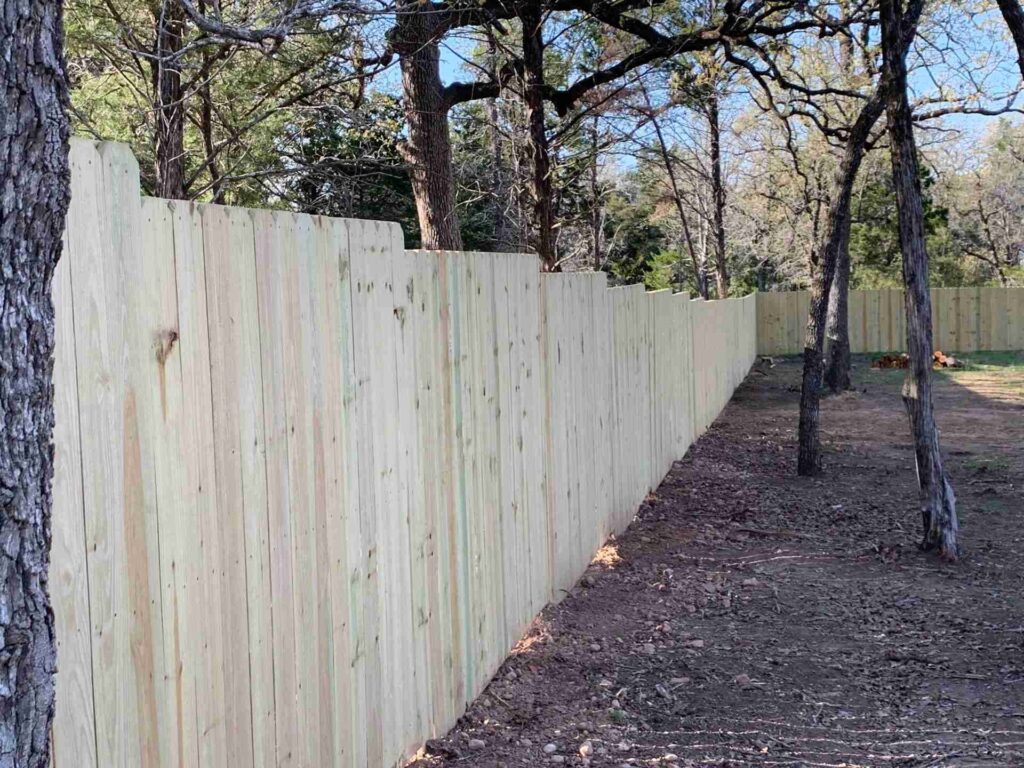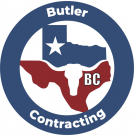If you’re looking to build and install a fence on your property in Bastrop, Texas, you may be considering a DIY approach. With the right tools, materials, and knowledge, building a fence can be a rewarding project that adds value to your home and enhances your privacy and security. In this article, we’ll share some DIY fence tips that can help you build and install a fence in Bastrop, Texas.

About Butler Contracting
Before we dive into our DIY fence tips, we want to tell you a bit about our fence company, Butler Contracting. We are a locally owned and operated business that specializes in building and installing fences in Bastrop and the surrounding areas. Our team has years of experience in the fencing industry and we’re a member of the American Fence Association. Our team is the only company in Bastrop County that has trained and certified fence and gate installers from the American Fence Association. We are dedicated to providing high-quality fencing services that meet the unique needs and preferences of our customers. Whether you’re looking for a privacy fence, a security fence, or a decorative fence, we can help you choose the right materials and design for your property. Contact us today by calling (844) 628-8537 and learn more about our fencing services.
What Do You Need to Know Before Putting in a Fence?
Before you start building your fence, there are a few things you should consider to ensure that your project goes smoothly and meets your needs. Here are some tips to keep in mind:
Check Local Zoning Laws and Building Codes: Before you start building, make sure you understand any local zoning laws and building codes that may affect your fence. In Bastrop, for example, you may need a permit to build a fence that is taller than six feet, and there may be setback requirements that dictate how far your fence must be from the property line. If you are subject to an HOA or a POA like those in Tahitian Village, there could be additional requirements to adhere to.
Determine Your Property Line: Make sure you know exactly where your property line is before you start building your fence. You don’t want to accidentally build your fence on your neighbor’s property, which could lead to disputes and legal issues. You can determine the property lines with certainty by getting a survey done.
Call 811: You may want to get straight to digging, but there may be utility lines underground right where you want to put a post hole. To avoid digging into easements and other troublesome conflicts, make sure you call 811 before breaking ground on your property. Doing so will allow you to request to have a professional come out and mark where all of the significant utility lines are so you can avoid a major snafu.
Choose the Right Materials: There are many different types of fencing materials to choose from, each with its own advantages and disadvantages. Do your research and consider factors such as durability, cost, maintenance requirements, and aesthetic appeal.
You’ll more than likely get your materials from a big box store, so consider the following video that has some information on the difference between big box store materials and the materials that you’ll get when working with a professional fence company.
Measure and Plan the Fence Layout: Measure the area where you want to install your fence and plan the layout. This will help you determine how much material you need and where to place your fence posts.
What Is the Cheapest Option for Fencing?
If you’re on a tight budget, you may be wondering what the cheapest option for fencing is. While the cost of fencing materials can vary depending on factors such as the size and style of your fence, one of the most affordable options is chain link fencing. Chain link fencing is durable, easy to install, and requires minimal maintenance. However, it may not offer as much privacy or aesthetic appeal as other types of fencing.
If you’re looking for a wood fence aesthetic, treated lumber is the least expensive, but it’s not as pretty as cedar and has a great tendency to warp over time.
What is the Easiest DIY Fence to Install?
While the difficulty of building a fence can vary depending on the type of fence you choose, some of the easiest DIY fences to install include:
Chain link fence: Chain link fences are relatively easy to install and require minimal tools and expertise.
Vinyl fence: Vinyl fences are lightweight and easy to install. They also require very little maintenance.
Picket fence: Picket fences are a classic option that can be easily installed with basic tools and some DIY knowledge.
What Not to Do When Building a Fence
While there are many things you should do when building a fence, there are also some things you should avoid. Here are some common mistakes to watch out for:
Not setting the posts deep enough: Fence posts should be set at least 1/3 of their length into the ground to ensure stability.
Not checking for utilities: Before digging fence post holes, be sure to check for any underground utilities, such as gas lines or electrical wiring.
Not spacing the posts evenly: Unevenly spaced fence posts can make your fence look unprofessional and unstable.
DIY Or Hire A Professional: We’re Always Here To Help
Building and installing a fence on your own can be a rewarding experience, but it’s important to do your research and plan carefully. By following these DIY fence tips and avoiding common mistakes, you can create a fence that meets your needs and lasts for years to come. If you have any questions about fences or other home improvements, don’t hesitate to call us at (844) 628-8537. If you’d like to get an online quote, you can use our Fence Estimator Tool for a rough estimate.



